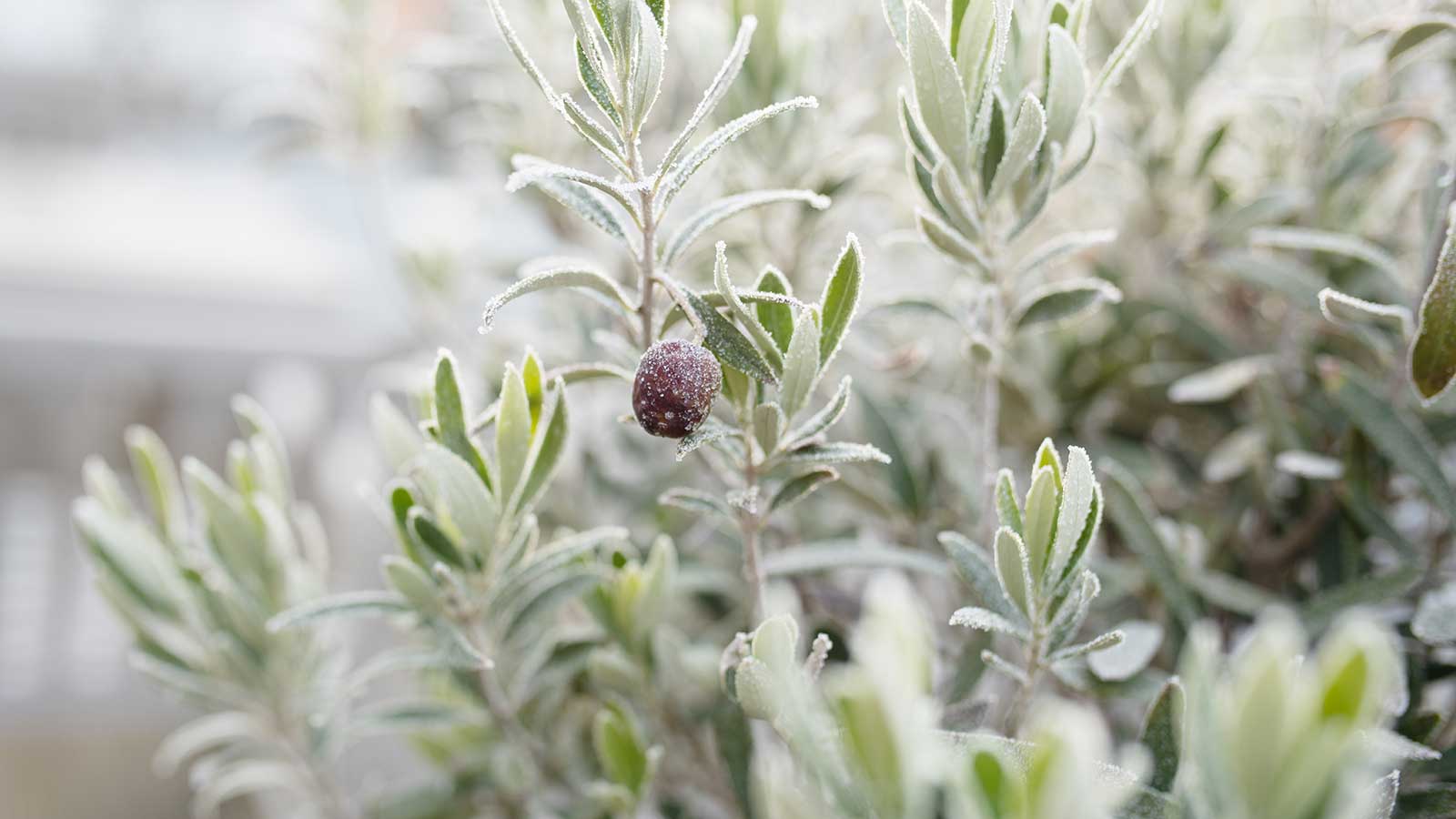
November is a time when the temperatures drop and lots of tender plants that love the heat of summer need lifting or moving to be sheltered for winter. These heat-loving plants can easily be killed by frosts and icy winds, so need to be given a home indoors or undercover for the colder months.
Whether you need to move them, and when, will be dependent on your US hardiness zone. Some tender trees and perennials may be able to successfully overwinter outside in warmer climates, but for those living in areas with colder winters it is advisable to add moving these plants to your fall gardening checklist.
Cold nights and the first frosts are tell-tale signs that the time to move tender plants has arrived. Some plants need to be lifted from the ground while ones in pots can be moved to overwinter in a protected place, ready to go outside again next spring. Here are our top 8 plants to bring indoors in November.
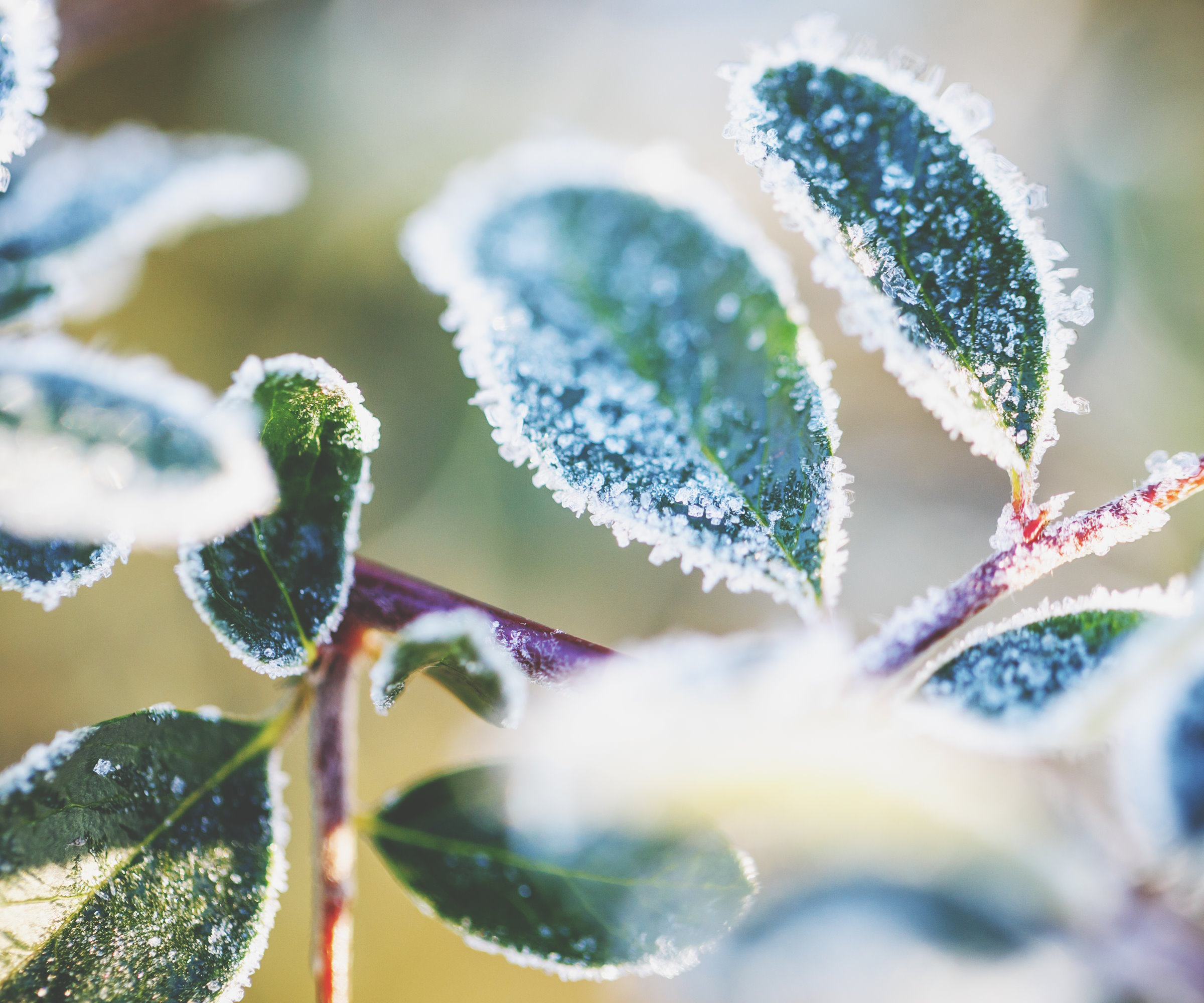
Tips for bringing plants indoors for winter
Just as you harden them off when you move or transplant young plants outdoors, you also need to acclimatize plants that are used to life indoors. This means giving them a bit of time in a shadier spot prior to coming inside, to get them used to reduced light levels.
Any plants moved indoors to overwinter should also be inspected for pests and have their watering schedule altered for the colder months, as they will not need the same amount of watering as they did during the summer.
1. Dahlias
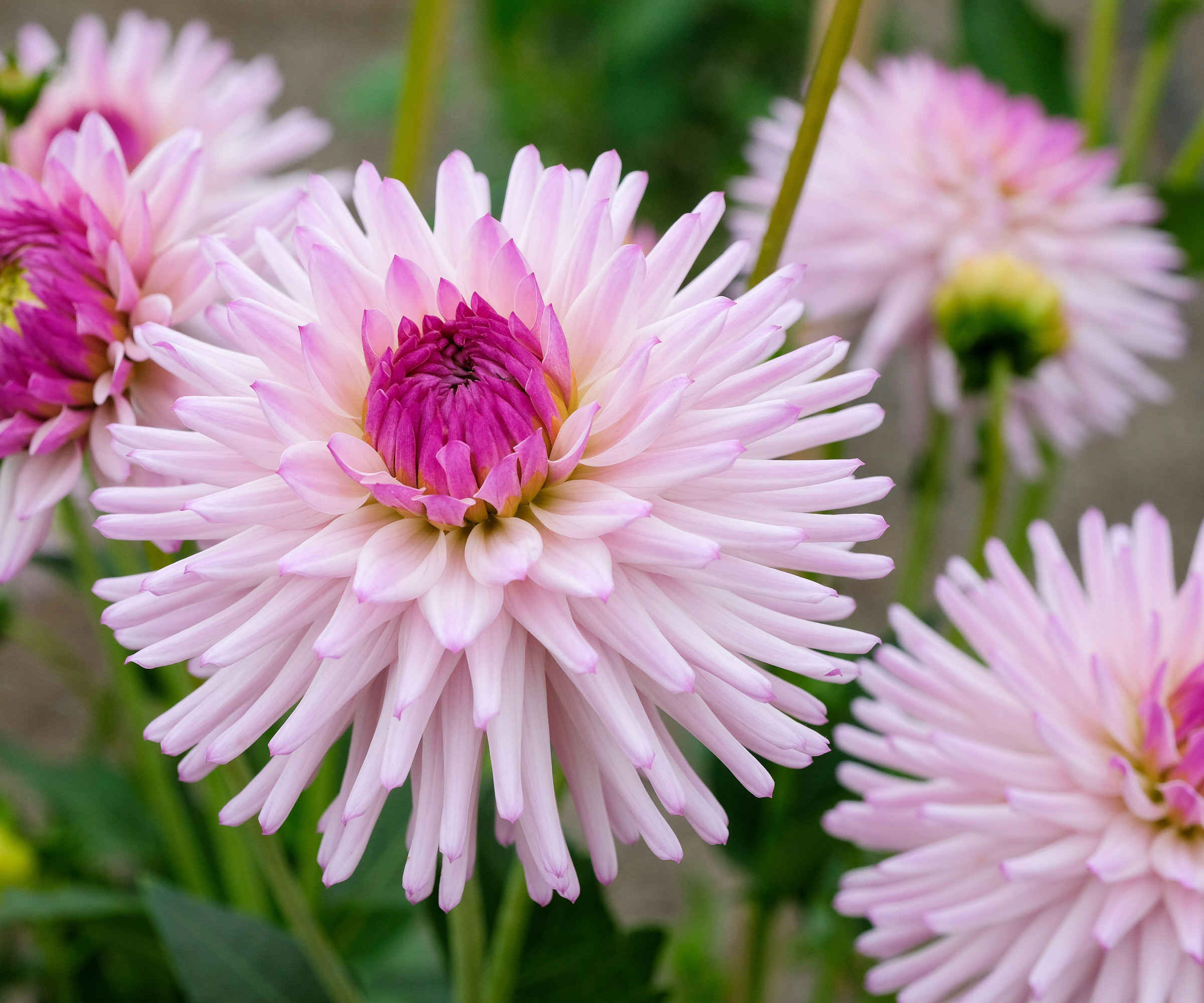
Once the frosts arrive in fall, it is time to lift dahlias in many hardiness zones. If you are fortunate enough to have a climate that has milder winters, and your soil type is free-draining, then you can get away with leaving dahlias in the ground. Otherwise you are going to have to lift tubers to overwinter dahlias in a protected environment.
The time to lift dahlias will come once the foliage has blackened after the first frosts. Tubers need to be lifted and left to dry for a few weeks, before being labelled and stored somewhere dry and cool for the winter.
2. Citrus trees
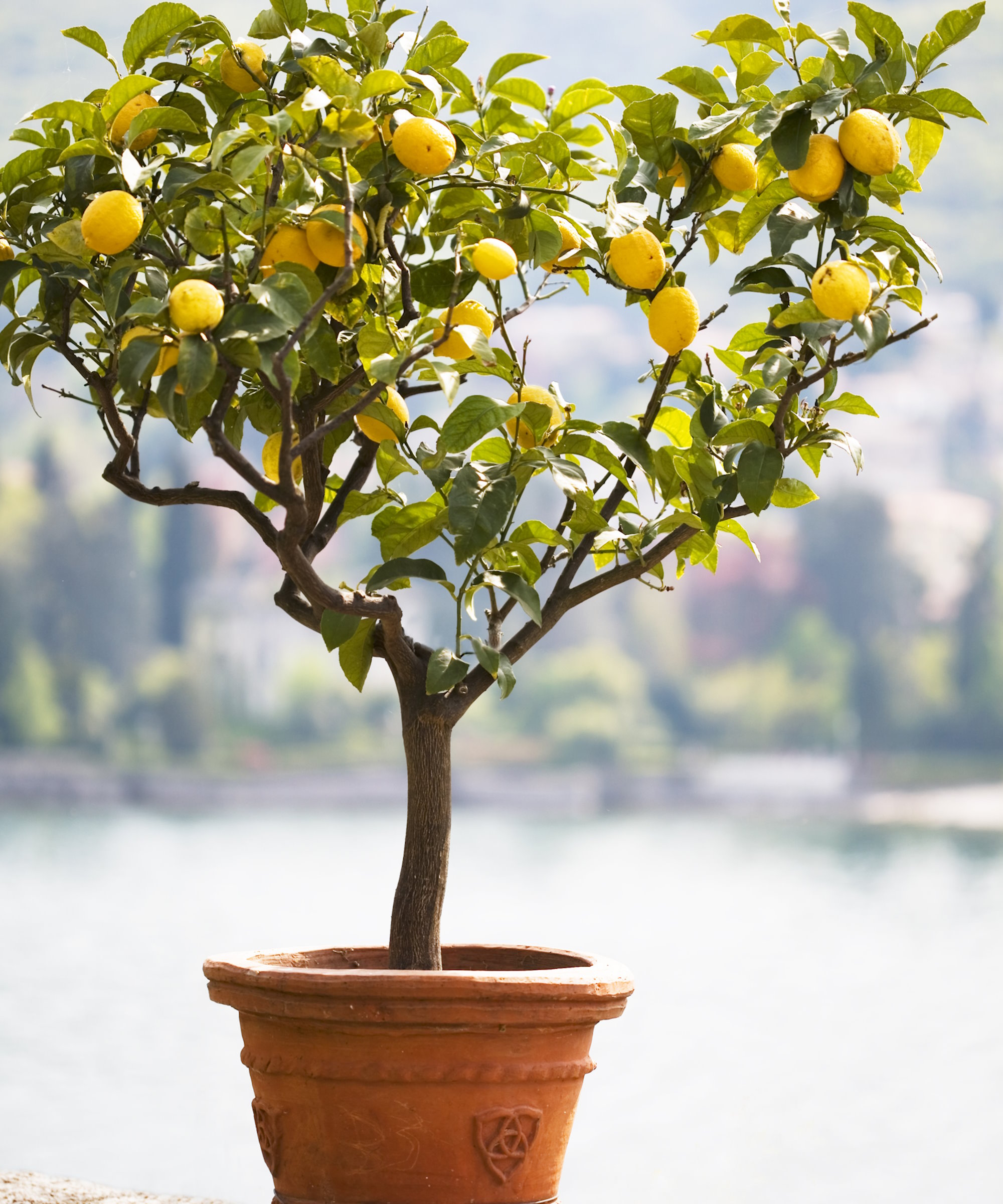
When you are growing citrus trees, including lemons, limes, and oranges, they will want to be moved to a protected environment once the temperatures drop in fall.
Some citrus trees can tolerate cold temperatures for short periods, but will be damaged by continued exposure. The cold hardy level of citrus does vary, but lemon and lime trees are damaged once the temperatures drop below 25ºF.
If you live in a colder climate, then the safe bet is to bring citrus indoors for winter, while gardeners in milder climates may get away with frost covers - using blankets, burlap sacks, or winter plant protectors like these on Amazon - on nights when freezing temperatures are predicted.
When trees are brought inside keep them in a sunny area that stays warm, such as by south or south-west facing windows, but keep indoor trees away from any fluctuating extreme temperatures caused by the likes of cold drafts or radiators.
3. Cannas
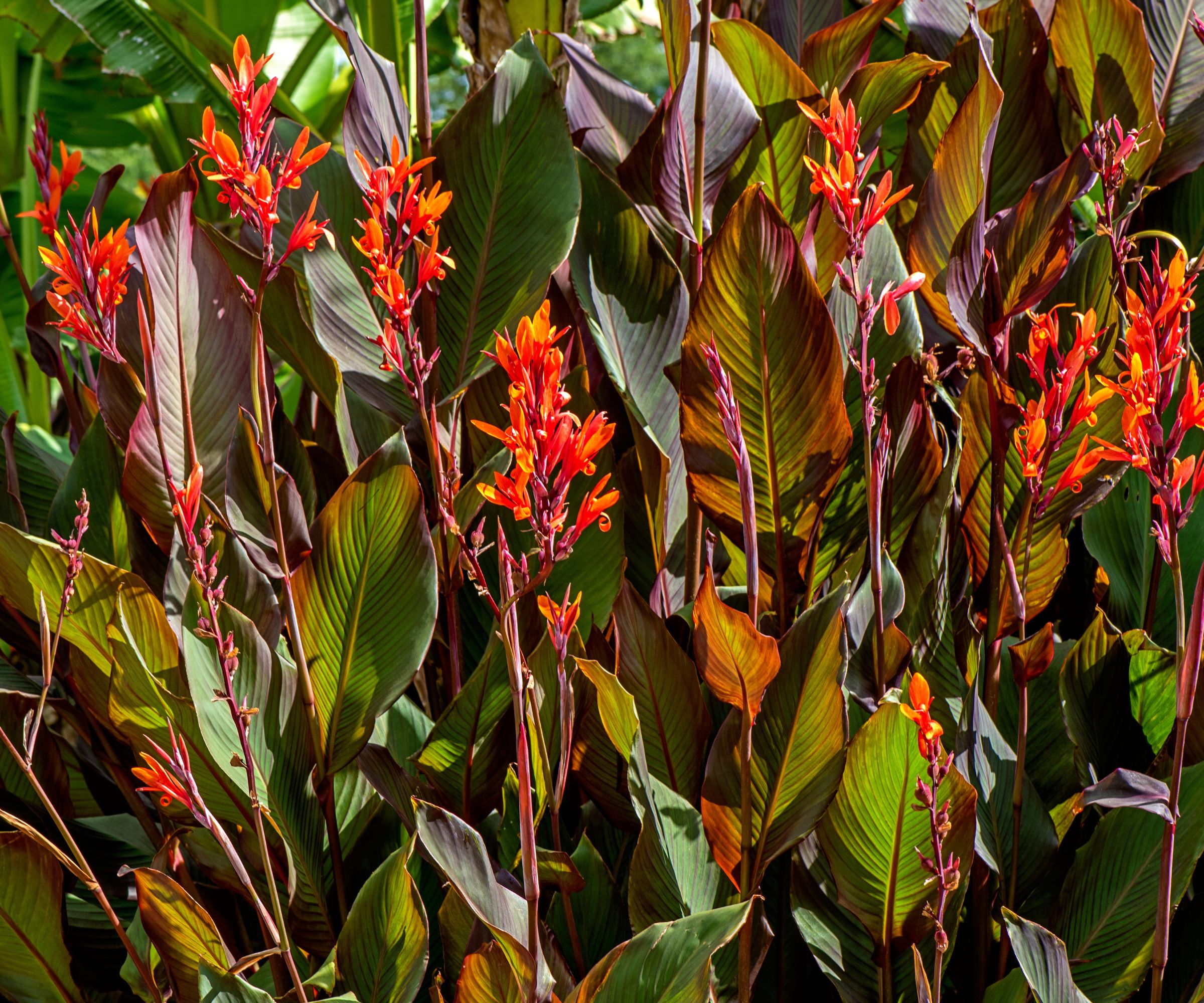
Cannas, commonly also called canna lilies, are great plants for a tropical garden but they are tender plants. The bulbs need to be lifted and stored, while cannas can tolerate temperatures getting down to 40°F they can be damaged by winter frosts.
In the same way as dahlias, if your garden has mild winters and well-draining soil then you can overwinter canna bulbs in the ground with a good mulching on top of them.
Once the plants have finished flowering and the foliage dies back, prune canna lillies back to six inches from the ground and carefully lift the rhizomes. Store them in trays filled with moist compost or vermiculite and place them somewhere dry and frost-free, such as a garage, shed or unheated backyard greenhouse. Don’t let them dry out, nor get too damp either, and they can be potted up in spring again.
4. Olives
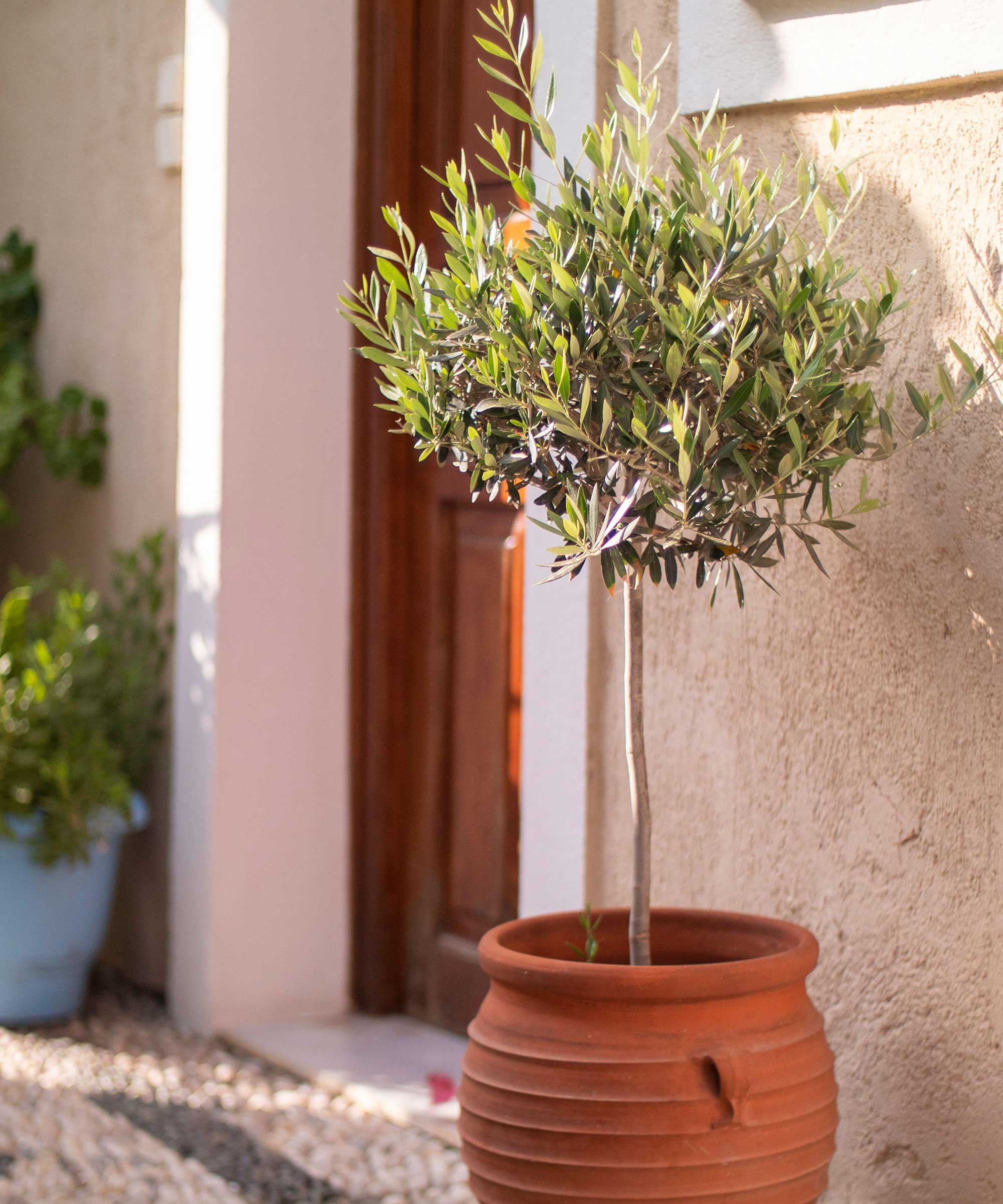
Olive trees are able to handle the odd cold and frosty night, but the Mediterranean plants will be damaged by longer periods of cold. A prolonged freeze can be fatal.
As olives are commonly plants grown in pots all year round, it means their roots are less protected from cold than plants in the ground. Younger olive trees in pots will be less able to cope with cold than older plants. Pots can be wrapped up in bubble wrap, or pot protection covers like these available at Amazon, to protect them once temperatures drop to below 45°F, or a better alternative may be to bring them indoors if you are expecting a longer cold spell.
Acclimatise the tree to being moved indoors by giving it a week in a shady spot to get used to less light, then find it the sunniest spot indoors to keep it happy. Artificial grow lights can be used to supplement light levels to keep indoor fruit trees happy in winter.
5. Ferns
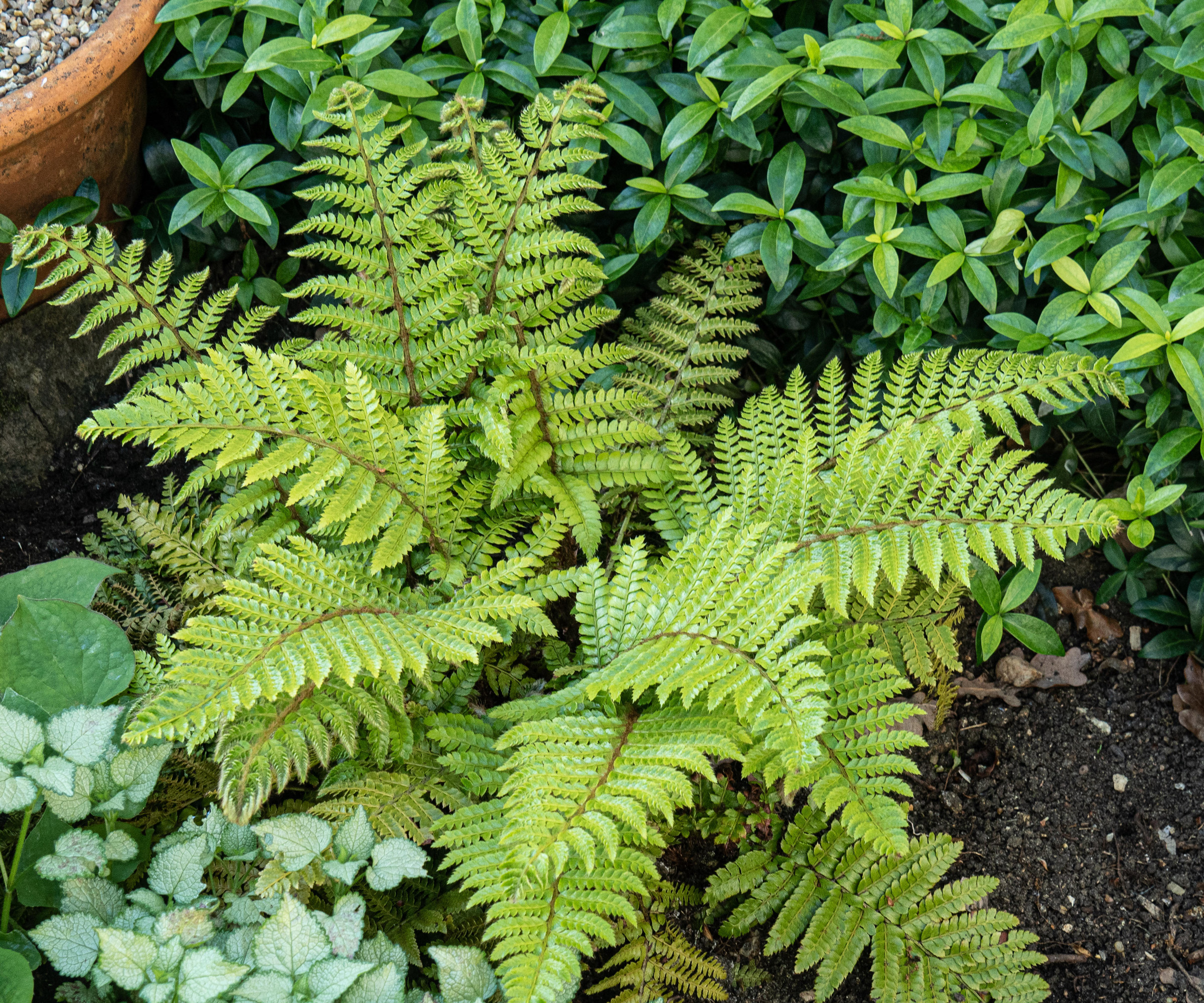
Ferns are a wide ranging group of plants, with thousands of varieties to choose from. There are some that are cold hardy and can handle the worst of the winter weather in place, while others are more tender and may need to be moved indoors if you have a cold winter.
If you grow ferns in pots then it may be beneficial to move them to a more protected environment to get them through the colder months unscathed. A hard frost is capable of killing the foliage and harming a fern’s roots, and they will be more susceptible in pots.
It is advised to prune each fern to tidy it and hose it down to clean foliage and remove any insects that may be hiding in the plant. Ferns can be stored in a cool and dark location throughout their winter dormancy, simply kept moist with a watering as rarely as once a month.
6. Begonias
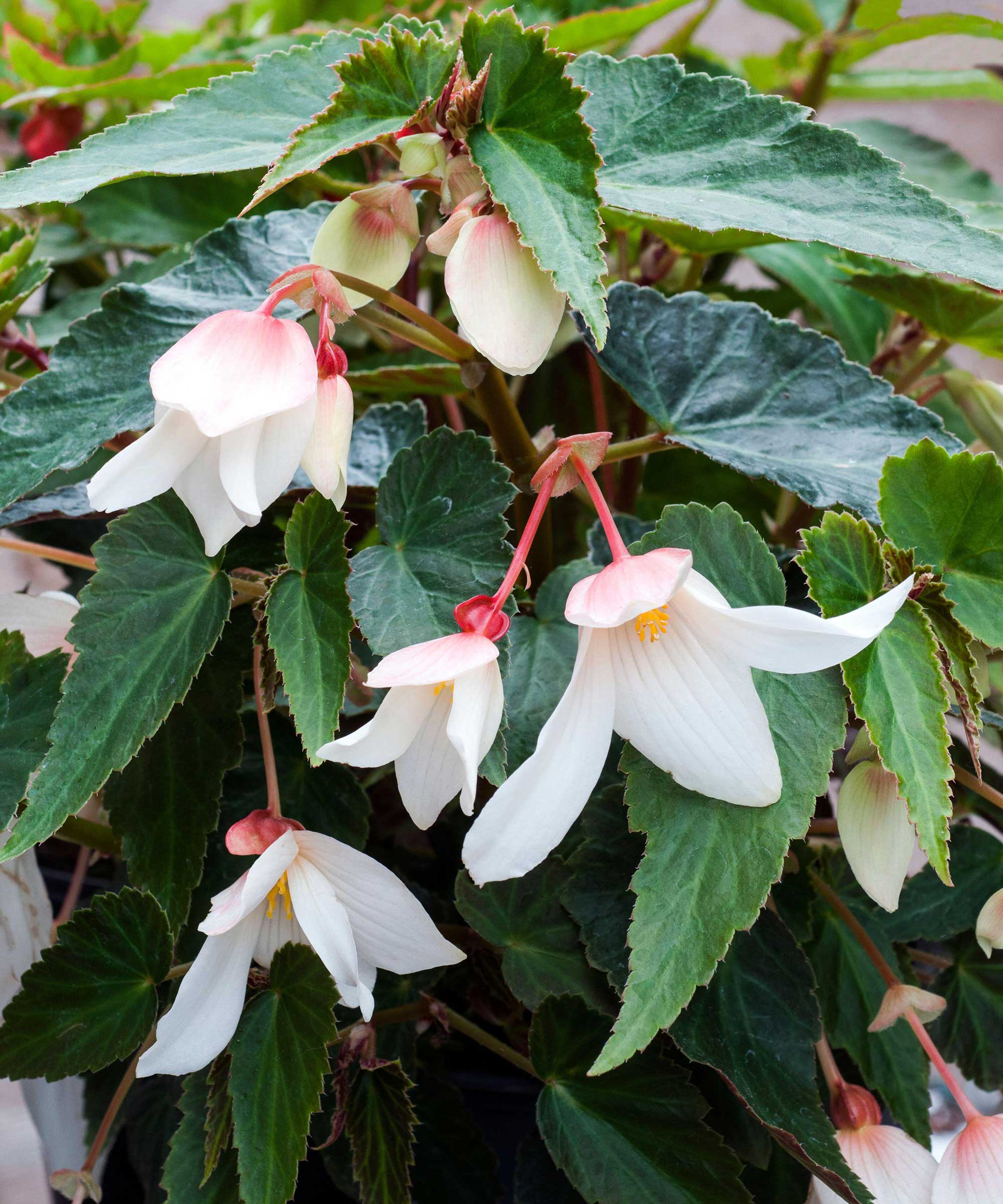
It is the tuberous begonias that need lifting in fall and stored for winter. If you are growing begonias, there are fibrous begonias that tend to be annuals, begonias to grow as houseplants, and also large-flowered tuberous begonias that can be stunning outside in the garden for summer but will need to be overwintered and protected from frosts.
To overwinter begonias, the process will be the same if they are grown in flower beds or in pots as deck or patio plants. Start to reduce watering in fall and then wait till the leaves start to turn yellow, which is likely to be in November or December. Cut the stems down to around five inches and lift the tubers from the soil.
Allow them to air dry at room temperature for a few days before storing them for winter in paper bags, or trays with a good airflow. Store the tubers somewhere cool and dark with a temperature of 40-50°F, checking for signs of rot or any pest damage periodically.
7. Elephant Ears

Elephant ears are fantastic foliage plants for the garden, with their large heart-shaped leaves being incredibly eye-catching and dramatic additions to any space. The plants can grow outdoors year-round in their native south-east Asia climate, but they are not frost hardy and will need to be overwintered in cooler climates.
To overwinter elephant ears, the tubers need to be dug up before temperatures get below 40°F - taking great care not to damage the precious tuber as any impairment will increase the risk of it rotting when stored. Each individual tuber can be wrapped in paper and stored somewhere dark and dry, with a temperature of 50-60ºF.
If you planted elephant ear bulbs in pots, move the container indoors once the temperatures drop, and look after it as a houseplant for the winter.
8. Coleus
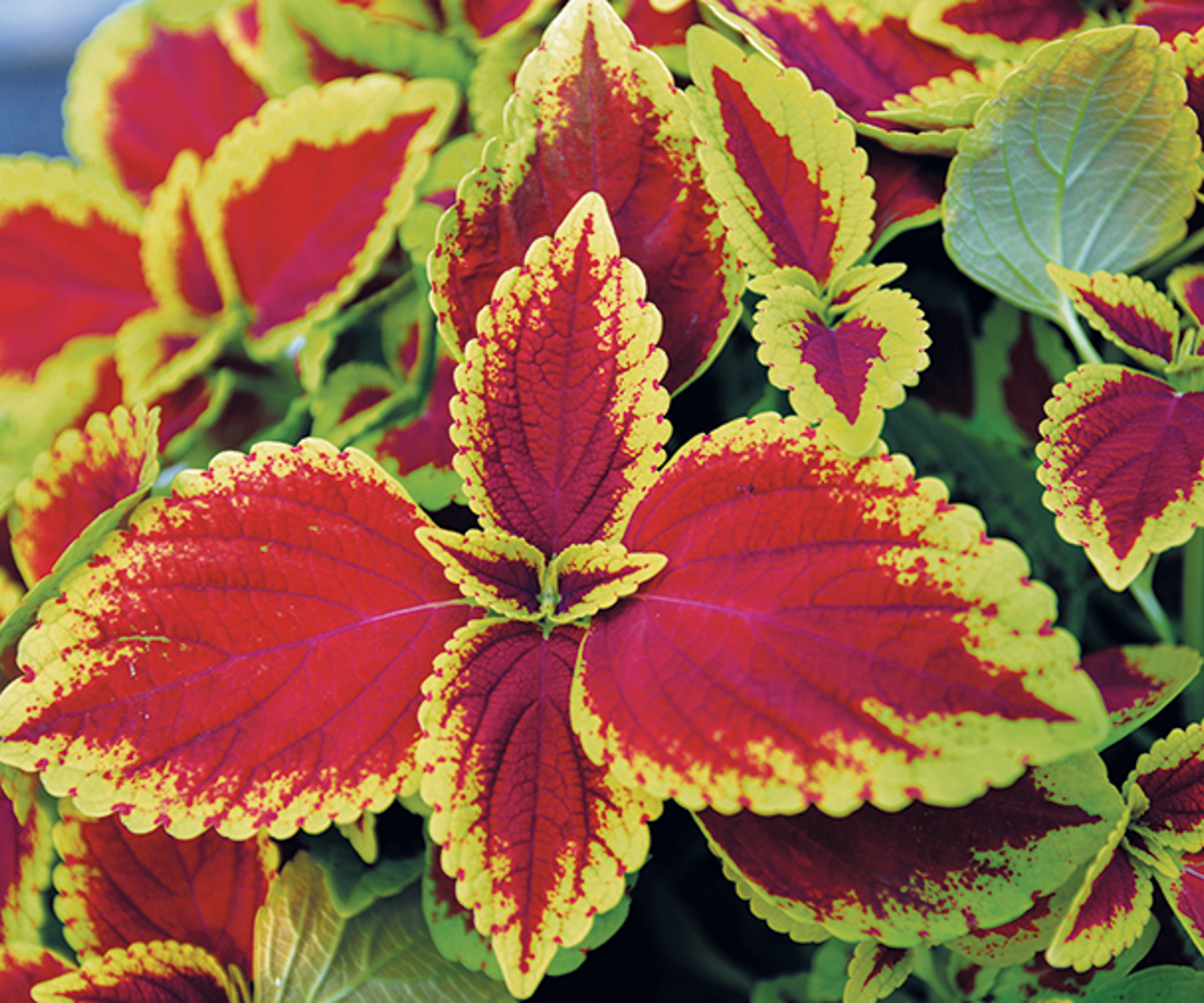
Brightly colored coleus plants are native to Asia and Australia, meaning they love a hot, tropical environment to grow and thrive in. They can only grow year-round in US hardiness zones 10-11, so if you live anywhere else, your coleus will need bringing indoors for the winter.
They make fantastic additions to your container gardening ideas, which means that come the winter months, they are simple to move indoors and protect from freezing temperatures.
If you have them growing in the ground, they will require digging up and re-potting to make sure they survive the winter. However, if you would rather not have the hassle of digging up your plants, you can take cuttings to propagate when you cut coleus back for winter. Grow these on indoors and plant them out after the threat of frost has passed in the spring.
FAQs
Are all plants suitable to overwinter indoors?
Annual plants should not be brought indoors for winter as they will not bloom again next year. Hardy perennials are cold hardy enough to overwinter outside and can be left in their position throughout the colder months. There are some plants that can be brought indoors, but may not respond well to a winter inside the house. For example, alpine plants are not suited to the warmer temperatures that will come with being indoors through winter.
Other plants may require special attention when brought indoors. Such as, when you are growing lavender indoors it can be more susceptible to root rot or powdery mildew, so it may be easier to leave it outside as it is a cold-hardy plant. Gardenias, which are treated as annuals in colder climates, can also be overwintered but are really temperamental when it comes to light and humidity.
Can you overwinter plants in an unheated garage?
An unheated garage can be an ideal place to overwinter plants providing the temperature stays above 45°F. Overwintered plants need somewhere dry and to be kept above freezing temperatures.
Lifting and moving plants to overwinter them should be high on any list of fall gardening jobs, together with other key seasonal tasks including collecting leaves, pruning deciduous shrubs and trees, and planting spring bulbs.
Remember, you can also overwinter plants in a shed. As long as it is waterproof and the temperatures do not drop below freezing, then it can be used to store plants overwinter. Check stored plants regularly as pests including mice or rats can be problems in many sheds.







